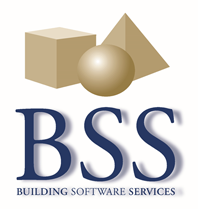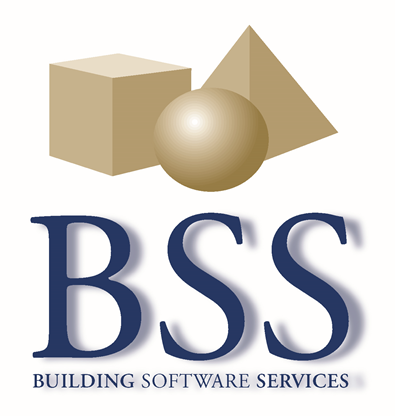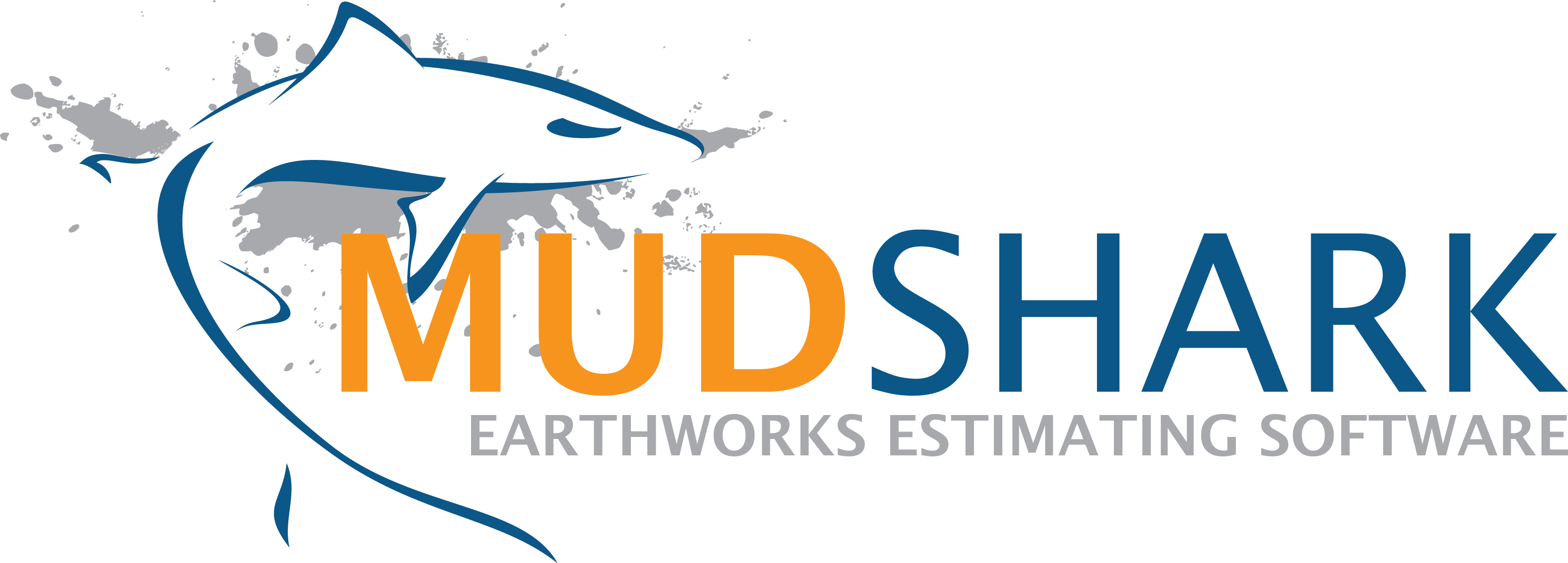
In the construction industry, on time and on budget are just about the most critical aspects of a construction project despite its scale or complexity. Estimating the cost of a construction job is the most critical activity during bidding and actual construction. Therefore, the construction cost estimator’s role is crucial because it directly affects the company’s revenue and overall success of the project. Estimators are the backbone of any construction company, and they have a duty to ensure the organization will maximize revenue during bidding.
Every team member will perform at their optimum levels when they can communicate, cooperate and participate in the project in a digital and interactive visual environment. Construction costing software now helps the estimator in assessing the required materials, labour and equipment as well as analysing different quotations from sub-contractors and suppliers.
The introduction of BIM models has revolutionized construction estimating. Construction costing software has made estimating more comprehensive and visual. They allow estimators to perform quantity takeoff directly from 3D drawing models, while maintaining complete control of the objects that still require estimation.
Time is everything. Even if you have already calculated an estimate from a 3D model and there are changes, construction costing software allows you import the new 3D model and choose which changes to accept and which ones not to accept so as to calculate a new estimate. With traditional estimation methods, this would take far more time, even days to accomplish. Estimators can finally throw away their scale rulers, tape measures and other tools they would ordinarily have to use at the site.
Why You Should Quit Using Excel
While most contractors will ordinarily outgrow the use of Excel spreadsheets, many construction companies still use Excel to perform takeoff and calculate estimates. Here are three reasons you should show Excel the door;
-
Accuracy
This is the absolute top reason why Excel can no longer be relied on for estimating. The construction industry is as much as a building game, as it is a numbers game. Getting the numbers right makes a world of difference when it comes to bidding as it determines whether you are going to win a bid or not. However, it is just as important in determining if you are going to turn in a profit or not.
Excel requires users to determine and enter or build formulas in each of the spreadsheets where they are prone to all kinds of damaging errors. They can be altered, either intentionally or otherwise, and with far-reaching negative results. Conversely, construction costing software are perfectly designed to suit the needs of estimators. Calculations for materials, equipment, labour, markups, taxes, insurance, and other relevant costs are calculated automatically, leaving no room for common human errors.
Construction costing software can also provide a level of insight that Excel simply can’t match. Estimates can then be summarized by cost type, materials, labour or any kind of grouping, including user-defined groupings such as phase or location. This places greater control, and more informed decision-making power in the hands of the estimator.
Some types of construction costing software such as Cubit Pro ensure continuous upgrades and enhancement that reflect the prevailing construction industry conditions. Estimators can be guaranteed of the most relevant and accurate estimates at any given time.
-
Support
Despite having many useful features, Excel is not specifically designed for use in the construction industry or any industry at all. It has a wider, business application which is quite evident given its widespread use. Construction costing software, on the other hand, are developed specifically for the construction trade. They typically offer a team of dedicated professionals who stand behind the product and are available to advise, troubleshoot and help optimize the value of your investment.
The Buildsoft range of construction costing software comes with fanatical, 24/7 support by a team of qualified professionals.
-
Scalability
Many construction companies inevitably get to the point where Excel simply isn’t powerful enough to handle the jobs at hand. And because growth is often a universal business priority, it can spell doom for companies that still choose to cling to Excel.
While Excel might seem to offer individual flexibility to multiple estimators, the company will suffer from lack of company-wide standardization within its estimating department. The organization will likely pay the price when working on complex projects. For all its useful features, Excel may not perform as well as specialty construction costing software which comes with the necessary computation power for complicated calculations. And as you already know, Excel presents a number of challenges as far as integration with other office functions is concerned.
Apart from the initial set up of the Excel templates, you will have to verify and test all formulas to ensure you have entered them correctly. With commercial costing software, you have already paid for all that headache because they take up that responsibility in exchange for your money.
Key Features
Construction costing software allows estimators to drill down to the specific document of each job, from which they can create reports that reflect the most information available. All aspects of the estimate are user-definable, and therefore, estimators can design their own custom reports. They can also easily track the progress of all jobs, including unprofitable jobs or any unprecedented occurrences that can be dealt with before they become a big problem down the road. Estimators can now wow their clients by producing customized, professional reports, including quantities and cost plans.
By working with 3D BIM models, companies can now future-proof their business as construction costing software becomes the industry standard. Estimators now use digital design data to produce accurate estimates of quantities and costs. And because of cloud technology, legacy tools such as tape measures and other tools are now replaced by Tablets and even mobile apps.
Construction costing software offer construction companies and contractor’s powerful job costing tools for various kinds of projects. They are often part of larger estimating or project management systems. However, they can also be applied to other vertical uses such as architecture, engineering or accounting. This is because of their ability to integrate with other office applications.
Ready to make the big switch? Check out the Buildsoft range of cutting edge construction estimating software.


